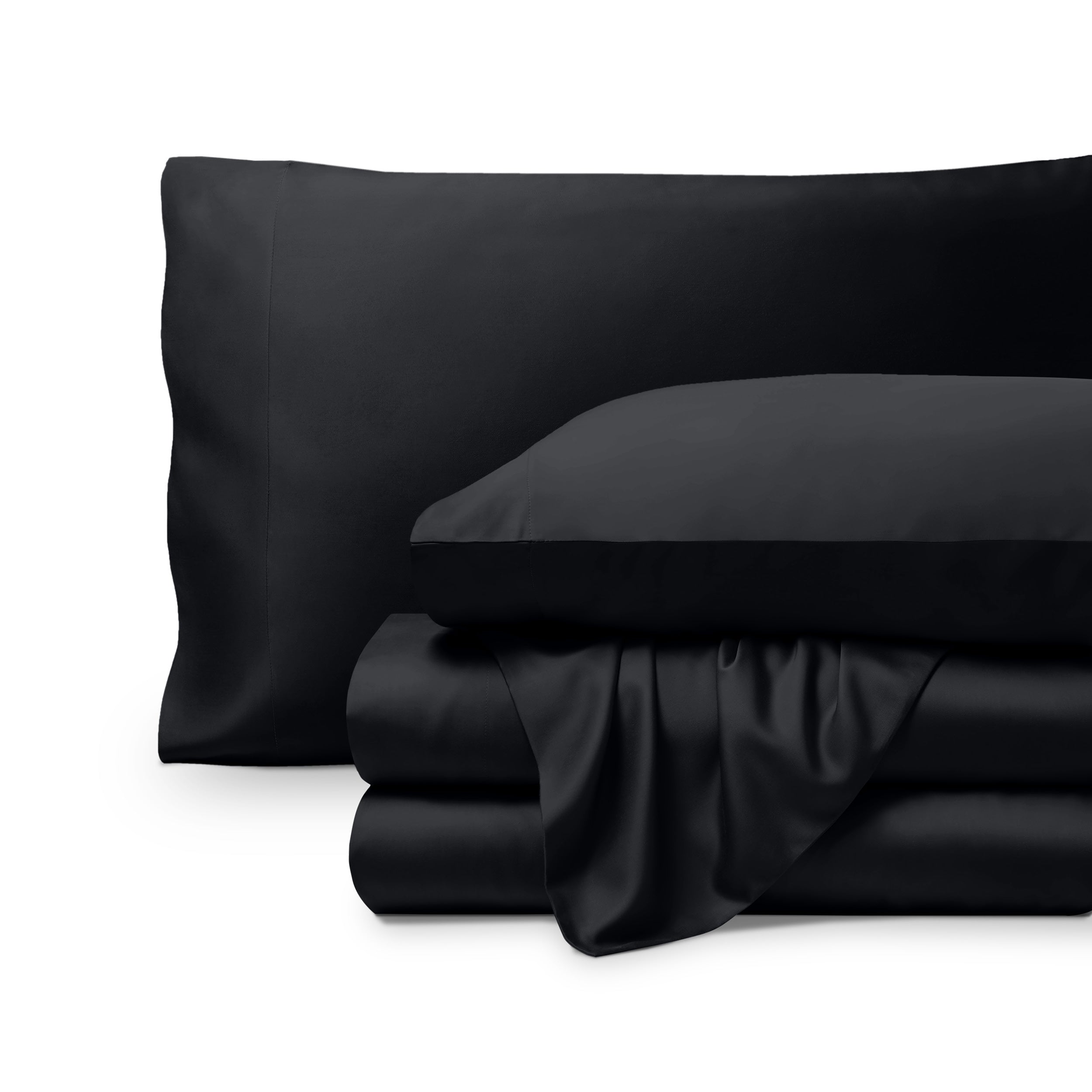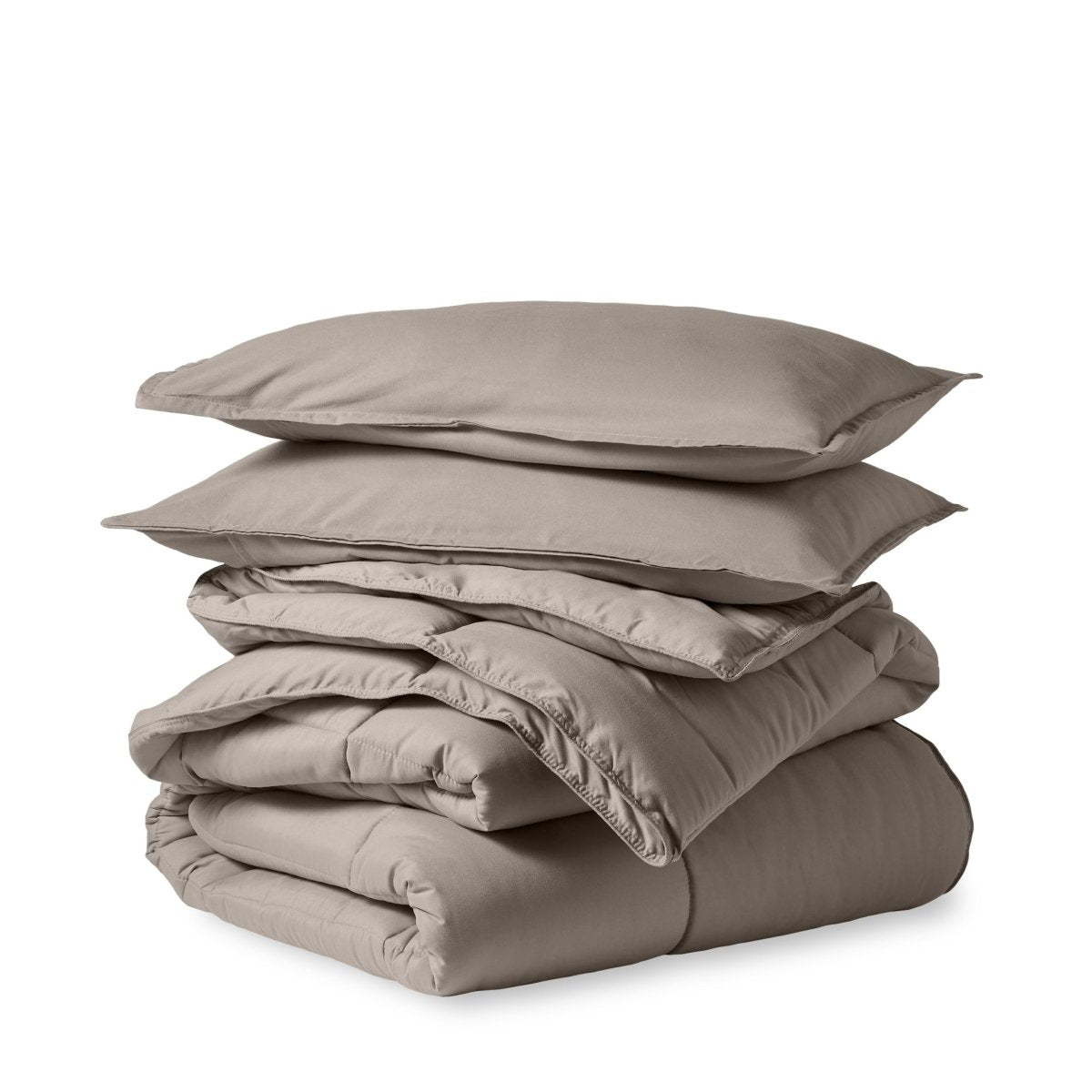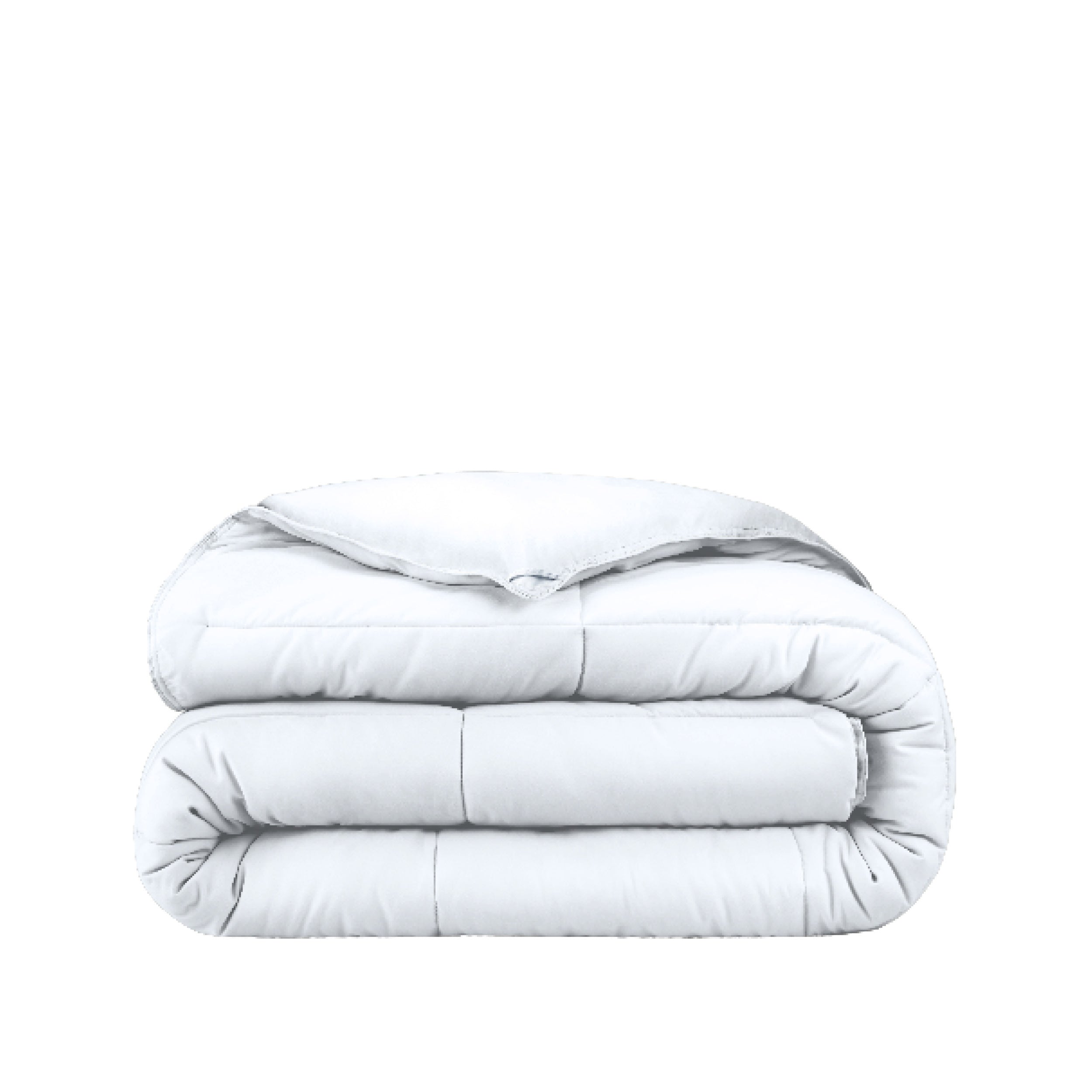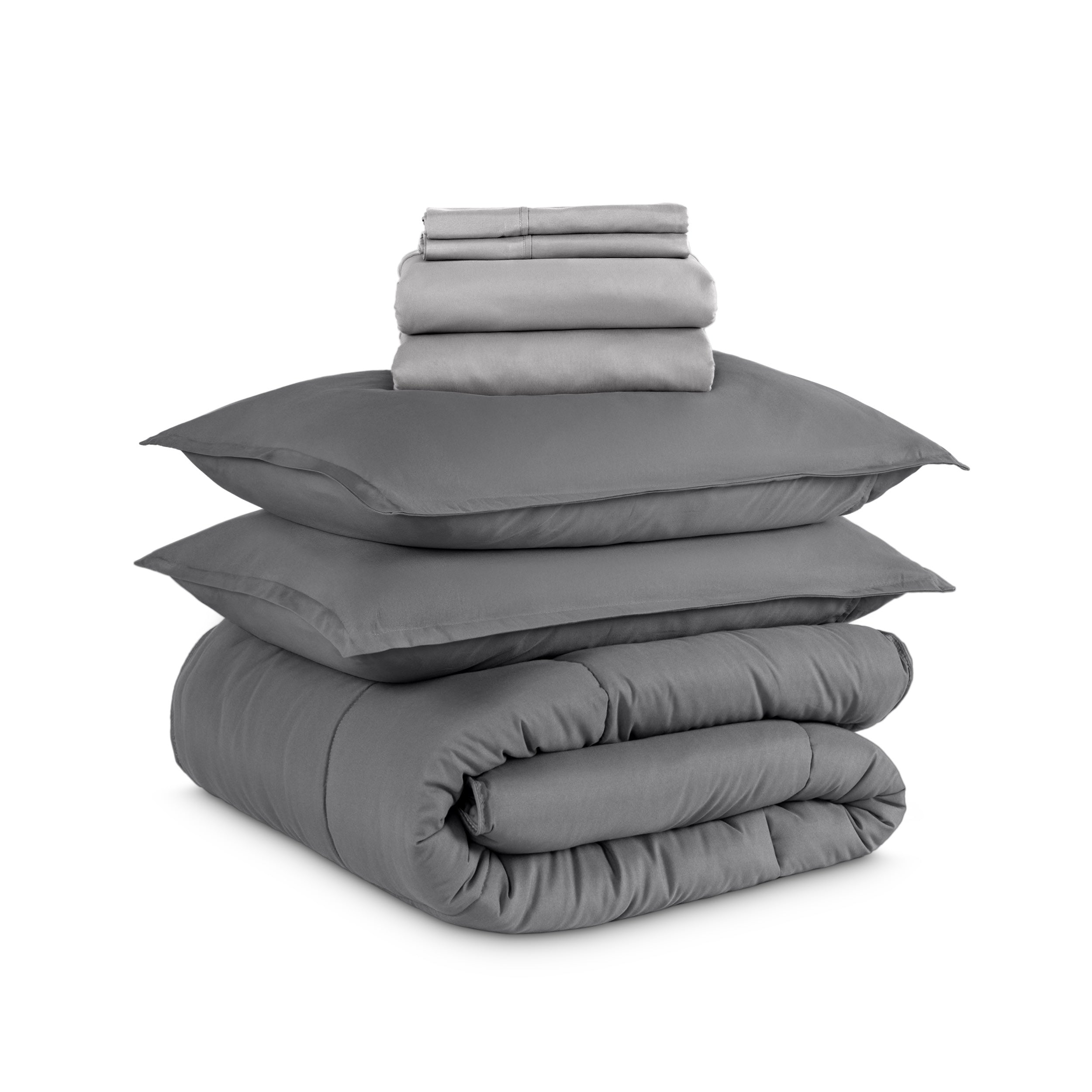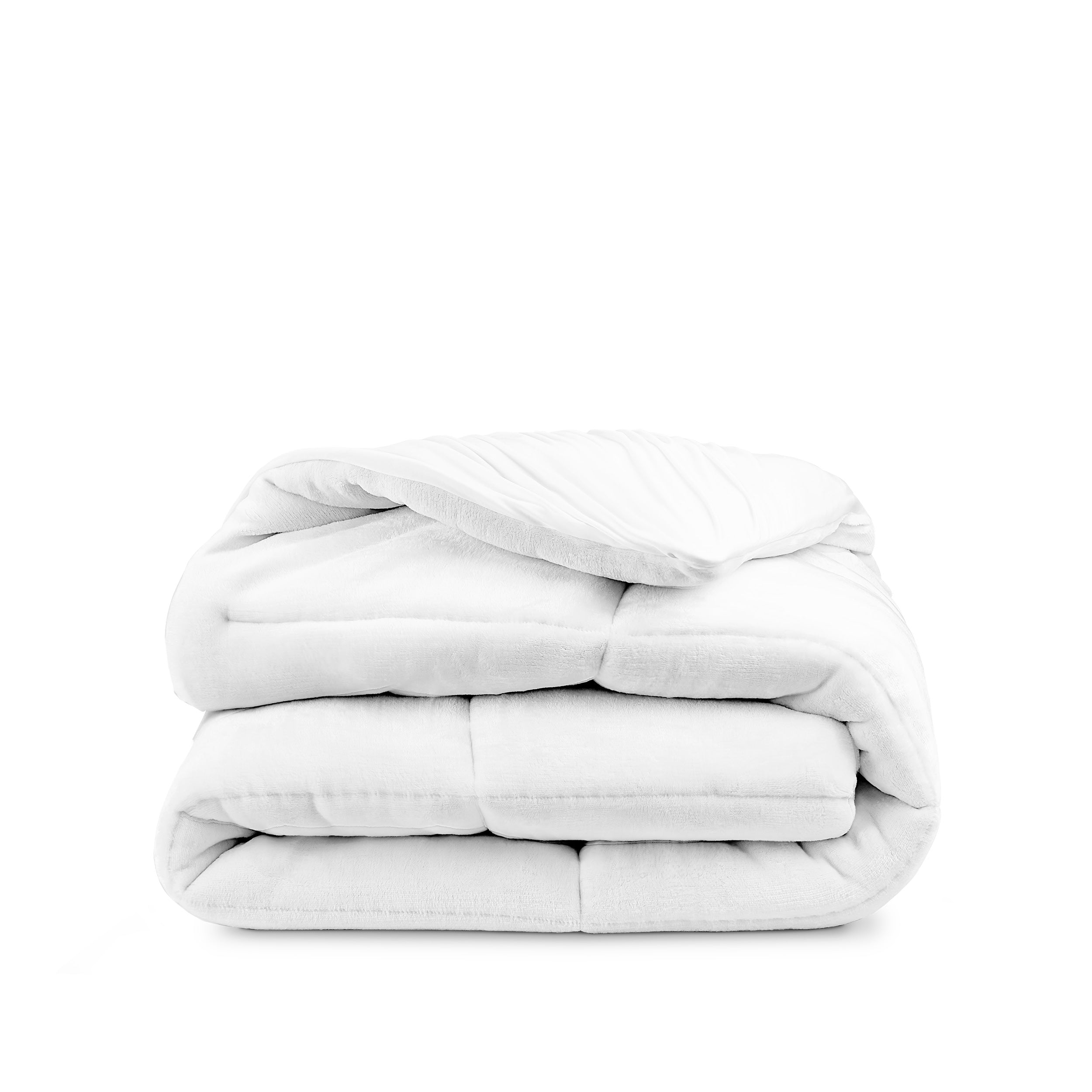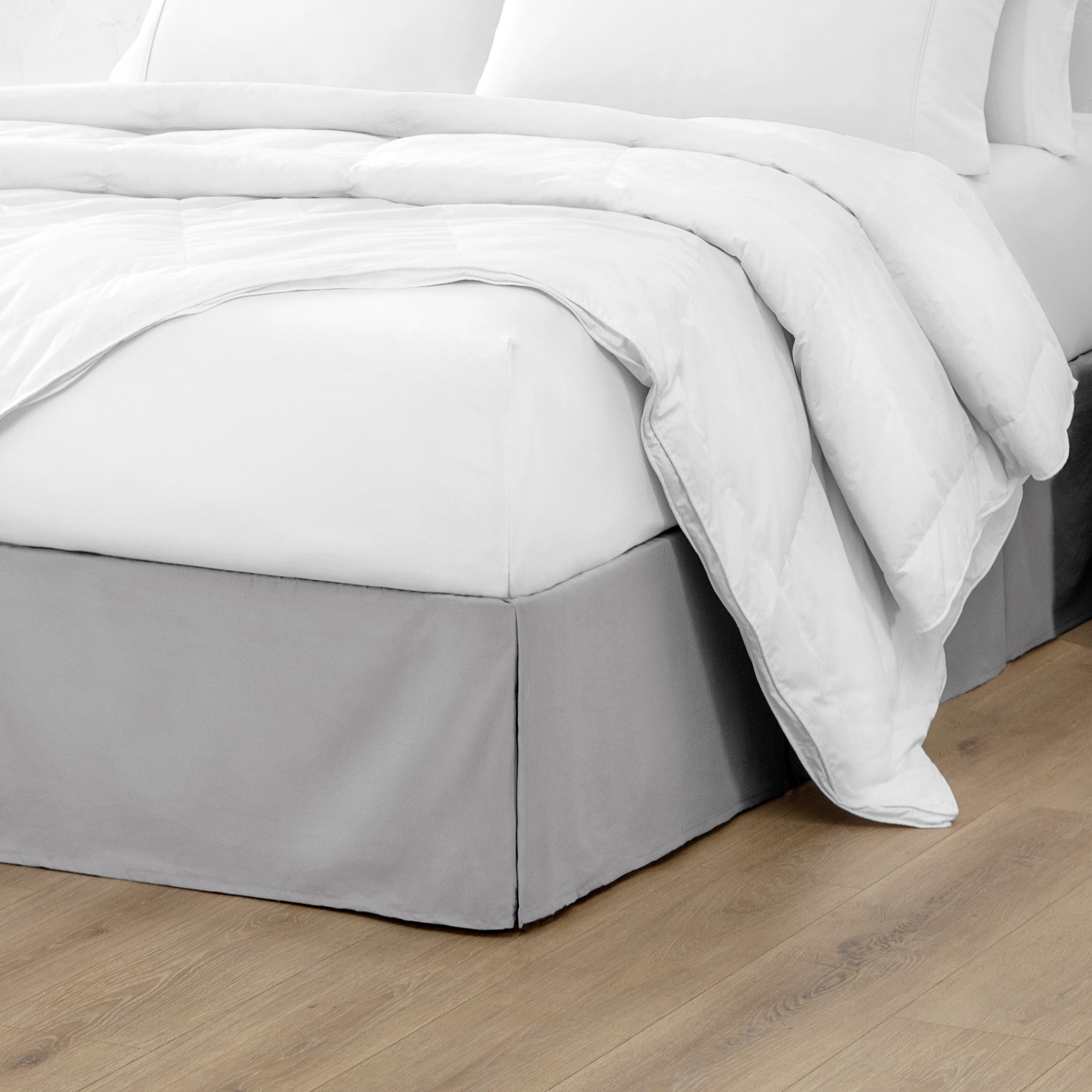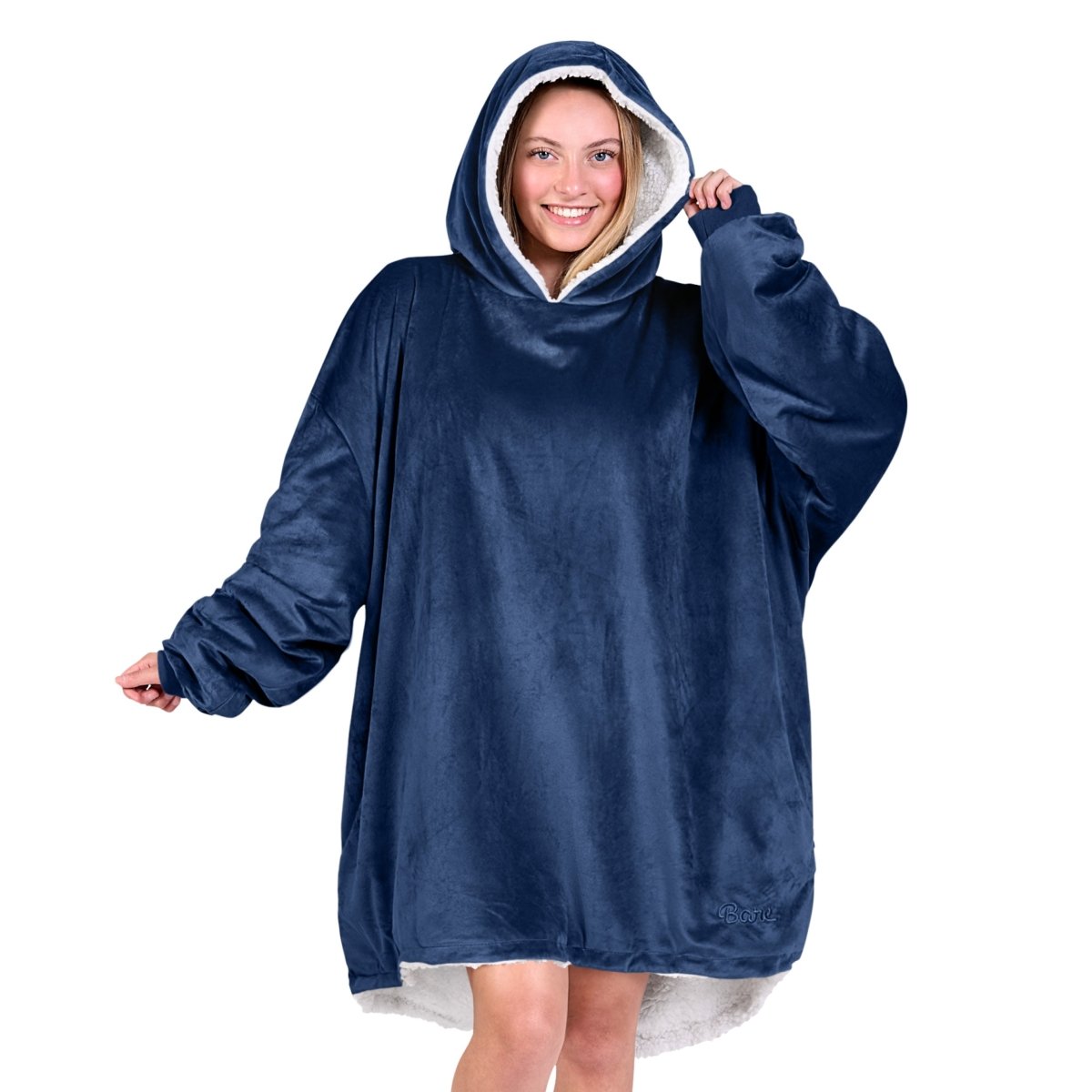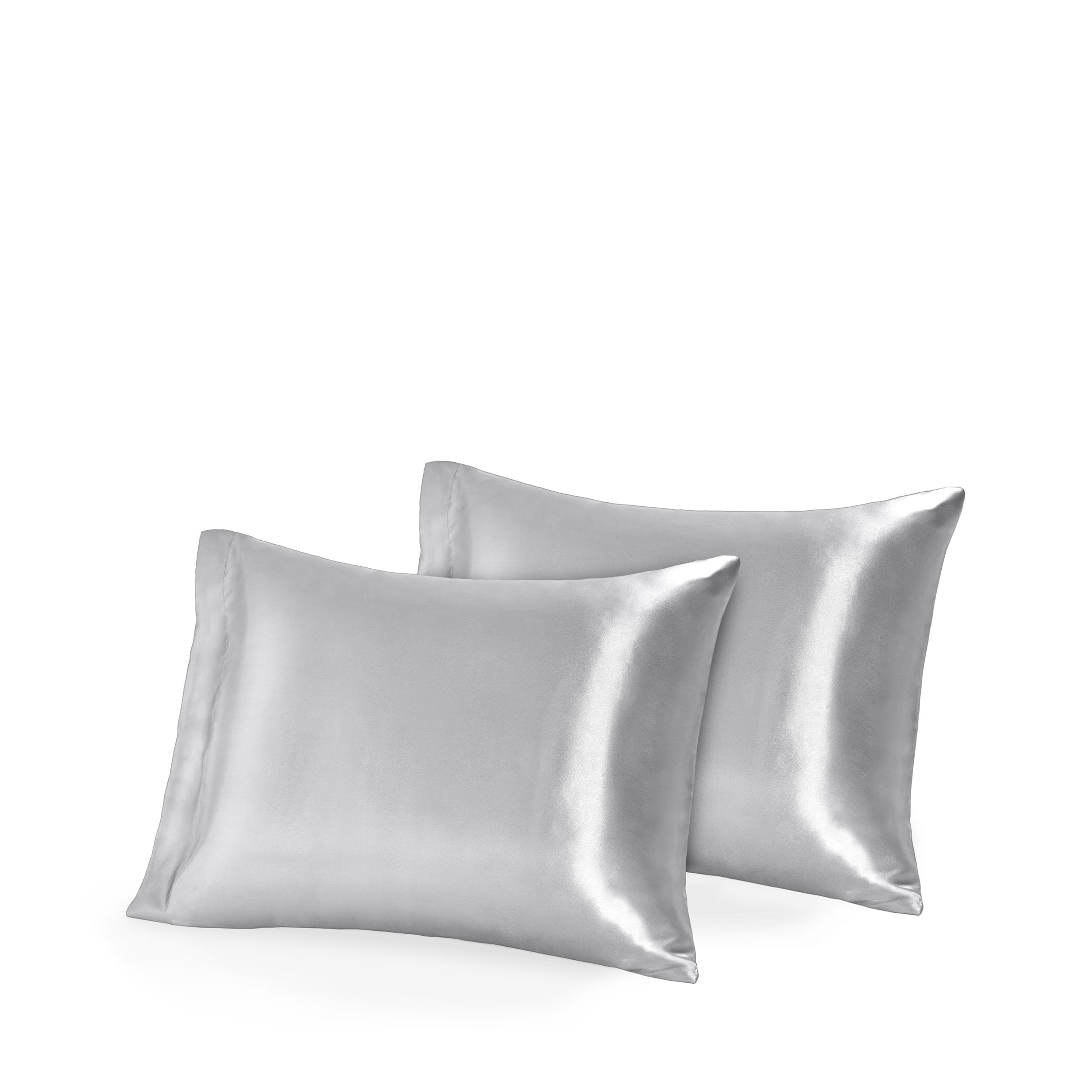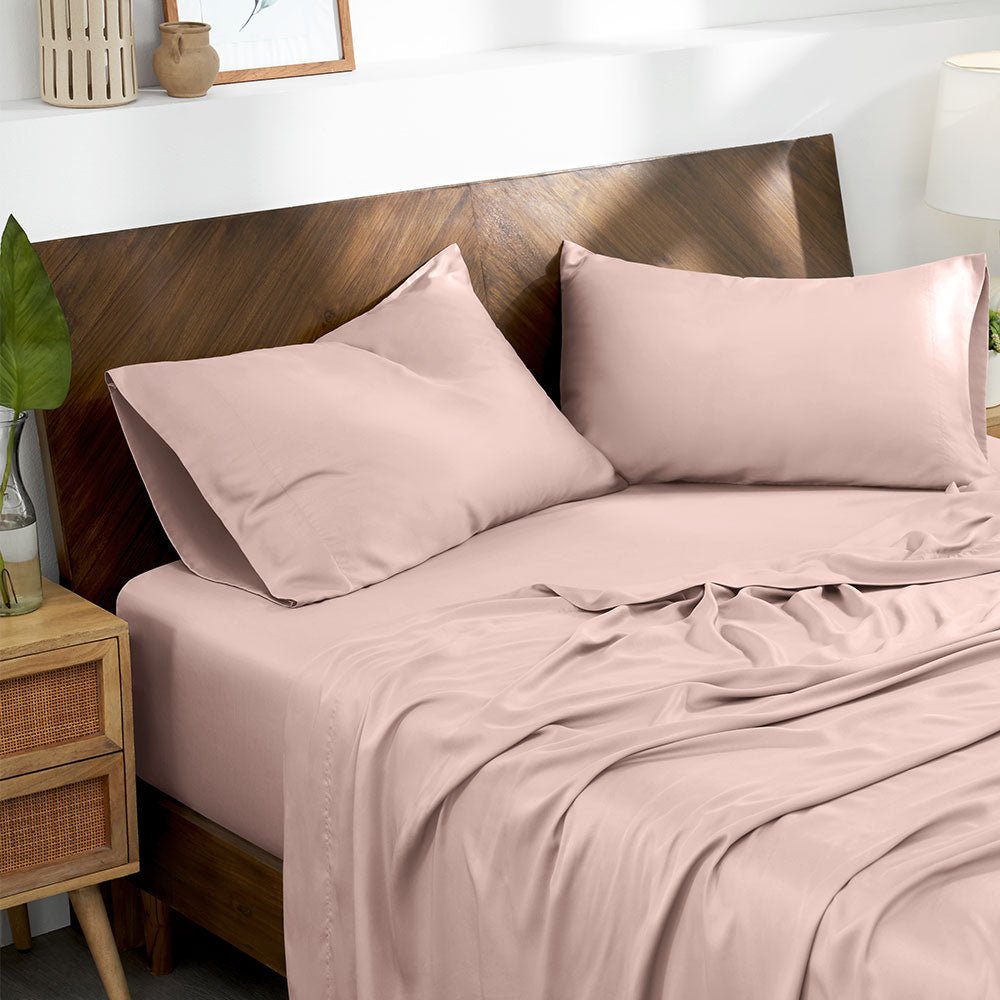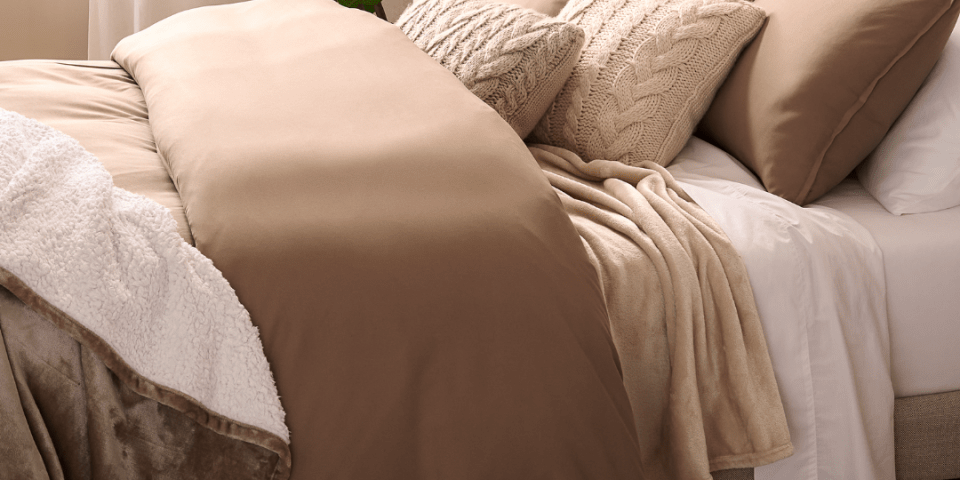What's the difference between a duvet and a comforter? Do you need a duvet cover? How do you choose the right one for your needs? In this blog post, we will answer all these questions and more. We'll give you an overview of what duvets, comforters, and duvet covers are, and explain the pros and cons of each. By the end of this post, you'll be able to confidently choose the right bedding for your needs!
The Big Difference
Still confused about the duvet vs comforter debate? They're both great options for cozy comfort on cold nights, but there is a key difference between the two. A duvet typically consists of an inner duvet insert, which is filled with down feathers or synthetic fibers, while a duvet cover surrounds this duvet insert.
Conversely, comforters tend to be constructed in a single piece and are usually bulkier than duvets. They are also often quilted or stitched to prevent the filling from shifting around. Though the two items overall serve similar purposes, necessary when facing cold winter weather, their construction styles differ which makes them more suited for different tastes and needs.
Duvet, Duvet Insert, & Duvet Cover, Which is Which?
A duvet is a bedding item commonly used in Europe and was derived from the French word duvet, which roughly translates to "downy." It usually consists of two separate pieces: a duvet insert which is filled with natural or synthetic fibers and a duvet cover that acts as an exterior casing. The duvet insert provides warmth, while the duvet cover can easily be removed for washing or changing.
Duvets can add cozy comfort to any bedroom, but are especially important for those living in colder climates. Both duvet inserts and duvet covers come in various sizes and textures, so there is something to fit any preferences or weather conditions.
Considerations when Choosing a Comforter or Duvet
Fill Type
When selecting a comforter or duvet, it is important to consider the type of filling it has as this affects your warmth and comfort during the night. Both comforters and duvets are available in these options. Common types of fill materials include synthetic fibers such as polyester, which tend to be affordable but can heavier and bulkier than other types.
Down feathers are popular for their luxurious nature and even distribution of insulating air pockets that lend an incredibly cozy feeling when snuggling in bed. But due to allergies, synthetic down alternatives are increasingly popular as they tend to last longer and keep users warm without the chest-squeezing potential of feathers.
To ensure evenly distributed warmth wherever you sleep, synthetic fibers often need more stitching than down, creating pocketed compartments that contain the filling so it won’t shift around when you move. Down also requires chambers to keep it in place, which is achieved either with a baffle or with sewn-through construction. A baffle creates a three-dimensional chamber to allow for maximum loft and even warmth. Sewn-through construction attaches the front and back together directly, which can create "cold spots" along the stitching.
The construction of each comforter or duvet plays a vital role in how well you will stay insulated throughout the night; otherwise excess cold spots can ruin your restful sleep.
Ease of Care
When it comes to the amount of effort you want to dedicate to caring for your bedding, there are a few considerations to make between comforters and duvets. Comforters typically require less frequent washings, as most are made of washable fabrics and can simply be thrown in a washing machine.
On the other hand, a washable duvet cover is recommended for duvets inserts, which are generally filled with material that will be damaged if placed in water. Therefore, washing or dry cleaning of the duvet may be necessary more often than a machine washable comforter.
It’s also important to consider that an additional washable duvet cover may be necessary for both duvets and comforters, which adds extra laundry needs when caring for the bedding. Knowing how much effort you’re willing to put into making sure your bed looks beautiful helps determine whether choosing a comforter or duvet is best suited for you.
For more information on how to launder a down comforter at home, read our blog post.
Personal Style and Décor
Now that you know a little more about duvets vs. comforters, which one are you leaning towards? If you’re someone who likes to change styles often or enjoys the layered look, then a duvet is probably the way to go. However, if you prefer a no-fuss aesthetic or quilted look, then a comforter might be better suited for your taste. Then layer on some coordinating pillows and voila! A complete, pulled-together bed. No matter what your bedroom décor, we’ve got bedding sets and coordinating pillow shams to fit any style.
Durability, Wear & Tear
Durability is important to consider when deciding between a comforter and a duvet. Comforters need frequent washing as they are in direct contact with you skin, requiring frequent removal and cleaning. In turn, all this washing can take its toll on the fibers and stitching. Comforters also don't have a protective cover so is more prone to general wear and tear.
Duvets don’t necessarily require frequent washing, as the protective layer of the duvet cover adds another layer of defense. Although it is still recommended to wash a duvet occasionally according to care instructions, the frequency is far less than that of a comforter. In addition to reduced need for washing, a duvet cover guards against stains as well as wear and tear on the duvet insert.
The general consensus is that frequent washing fades colors and places stress on fibers – thus reducing their lifespan. Therefore, durability should be a key consideration when deciding between a comforter or duvet.
Lifestyle Considerations
When choosing between a duvet or a comforter, it is important to take your lifestyle into account. If you don't use a top sheet, for example, then a duvet is likely the better option for you. Similarly, if you have allergies then synthetic fill is probably the way to go.
And finally, if you're on a budget then synthetic fill is again the better option as duvets can be quite expensive. Whichever route you decide to go down, make sure that you do your research so that you get exactly what you need and want.
Conclusion
Now that you know a little more about the duvet vs comforter debate, which one will you choose for your bed? Consider fill type, ease of use and cleaning, durability, as well as style when making your decision. And don’t forget to factor in your lifestyle – do you have allergies or sleep without a top sheet? what is most affordable for you? Click on the photos to shop the collection and find the perfect duvet or comforter for your bedroom!

